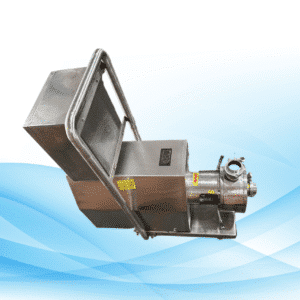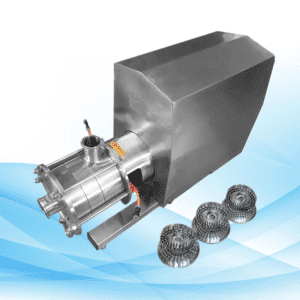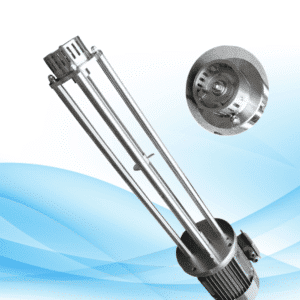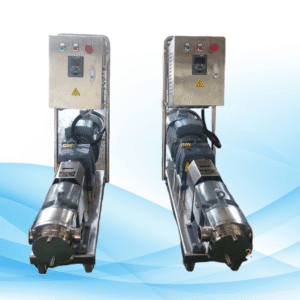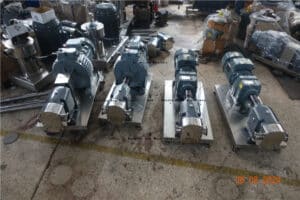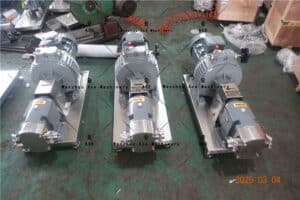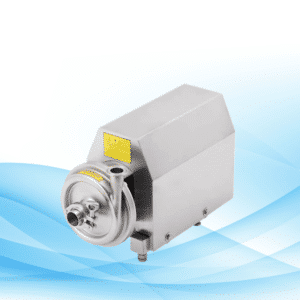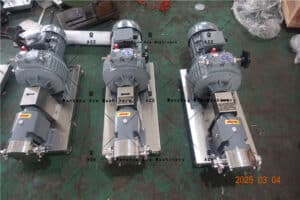1-2 HP Transfer Pump: Characteristics, Applications, Buying Criteria
An essential fluid pumping device for house use, agricultural activities, and light industries is the 1-2 HP Transfer Pump. These pumps are incredibly efficient and reliable with an exceptional scope of work ranging from a simple swimming pool drainage to relocation of water between different locations. We provide the most vital features, uses, and purchasing pointers so you can make the right choice on the 1-2 HP transfer pump. Furthermore, we will answer and clarify most of the questions or worries that you have in regard to these pumps, making sure that you have everything you need to be able to satisfy your requests.
What is a 1-2 HP Transfer Pump?

A 1-2 HP Transfer Pump is a contraption specifically engineered to transfer water or any liquid from a source to a destination. The “1-2 HP” set of keywords in the name defines the horsepower range which can vary between 1 and 2 horsepower. Motor size is essential for determining the pump’s flow rate and the distance the water can be moved.
These pumps are typically used in low power demanding activities such as reconstruction where efficiency and dependability are both very important. These pumps are usually used in water transfer, drainage, irrigation, and other light industrial activities.
Key Features of a 1-2 HP Transfer Pump

Knowing a bit more about the features of 1-2 HP transfer pumps will make it easier to select the most suitable model for your needs. Here are some of the most critical features that you should worry about:
1. Motor Power And Flow Rate
Motor Power
The components of a pump’s fuel horsepower (1-2 HP) determines the fluid that will run through the system. If the task is within a small range, like a few feet of elevation, then this horsepower should be satisfactory. If it is higher, then chances are poor.
Flow Rate
Depending on the model, the flow rate of a 1-2 HP Transfer Pump can be anything between 1000 and 3000 gallons per hour GPH. If the pump can handle a higher flow rate, larger amounts of liquid can be transferred in shorter durations.
2. Reliability and Construction Quality
Building Materials: 1-2 HP transfer pumps are usually built with durable materials such as cast iron or thermoplastic that can withstand extreme usage and conditions. Stainless Steel pumps are ideal too, especially if the application involves some corrosive materials.
Resistance To Corrosion: If the pump is being used in environments with high humidity levels or even corrosive fluids, then it is imperative to select models which have components that resist corrosion.
3. Moveability
Transfer pumps in this horsepower range tend to be portable and lightweight, which caters for use at home as well as the job site. Most models have a handle or frame that is light and easy to carry from place to place.
4. Pumping and Discharge Performance
Suction Capabilities: A higher suction head allows the pump to extract liquid from much deeper levels. That somewhat varies between 1-2 HP transfer pumps, where many models can achieve a lift ranging between 10 to 30 feet.
Discharge Capabilities: The discharge head refers to the lift at which the pump can push a liquid after it has been sucked in. It is significant when the liquid needs to be transferred over long distances and to higher locations.
5. Self-Priming Ability
The self-priming pumps can start pumping water automatically while removing air from the system. This ability makes these pumps particularly useful for outdoor applications which are not continuous in nature.
Common Uses of a 1-2 Horse Power Transfer Pump
A 1-2 HP transfer pump is incredibly powerful and efficient, making it perfect for a multitude of tasks. It is one of the most versatile tools in construction. Here are some common applications:
1. Swimming Pool Drainage
A swimming pool user needs the 1-2 HP transfer pump to drain the swimming pool. This feature enables the transfer pumps to be used in the swimming pool’s draining process in conjunction with other maintenance factors, such as cleaning or repairing.
2. Watering and Plant Care
The irrigation or gardening will require the 1-2 HP transfer pump for transferring water from one location to another, be it from the well or to the irrigation system. It can even serve as a plant waterer, or to supply water to a greenhouse.
3. Eliminating Water and Mitigating Flood Risks
In residences and businesses alike, 1-2 HP transfer pumps are effective for removal of water from construction zones or any property with low elevation flooded basements. These pumps are very portable and can be extremely helpful in averting water damage when there is heavy flooding.
2. Type of Power Sources
Electricity fuels most transfer pumps with a power range between 1–2 horsepower. However, there are models powered by gasoline for greater convenience and electric sources. Think about your unique use case and setting before deciding on a power source.
3. Ease of Use
Seek lightweight models with compact dimensions and integrated handles, assuming the pump will need to be transported on a regular basis. Such a model will save time and make your work easier.
4. Support and Maintenance
Establish if the pump requires any frequent maintenance activities and obtainability of spare parts. Always go for reputable brands that have warranties and provide support services.
5. Other Features for Consideration
Additionally, it is important to consider safety features incorporated in the pump, such as thermal overload protection, which prevents electric motors from burning out due to overstretching the motor for too long.
Consider these Leading Brand Names
The following brands are among a few that manufacture quality 1-2 HP transfer pumps:
- Wayne
- Liberty Pumps
- Superior Pump
- Honda
- Red Lion
These brands are additionally associated with durability and reliability together with a responsive customer service.
FAQ: 1-2 HP Transfer Pump Common Queries
Q1: Are sewage or waste water processed by 1-2 HP transfer pumps?
Most 1-2 HP transfer pumps can deal only with dirty water and some can deal with sewage waste, but it is advisable to check the specifications. Sludge and solid handling tasks are usually left to specialized sewage pumps.
Q2: Can you tell me how long a 1-2 HP transfer pump will last?
A well maintained 1-2 HP transfer pump should last between 5 and 10 years; however, the frequency of usage and the environment in which it operates also plays an important role.
Q3: What is the maximum distance a 1-2 HP transfer pump can push water?
This varies per model, but on average, these pumps have the ability to discharge water at distances of 20 to 50 feet. If the elevation or distance is longer, consider using pumps with high discharge head ratings.
Q4: Is a 1-2 HP transfer pump capable of being used in irrigation systems?
Yes, these pumps are perfect for watering of lawns, gardens, and other crops. They may be used to irrigate as well as pump water from ponds, wells, or even tanks.
Q5: What are the distinctions between 1 and 2 horsepower transfer pumps?
A 2 HP pump will typically have a higher flow rate, enabling it to pump greater distances or against more head pressure than a 1 HP pump. The right choice depends on the user’s specific needs, including how much water and how far it needs to be conveyed.
Conclusion
A 1-2 HP transfer pump is useful for a myriad of applications, such as draining pools, transferring water for irrigation purposes, or flood prevention. With the right motor, flow rate, and other features, you can ensure that your pump will serve its purpose for a long time.
Understanding the key features, uses, and buying considerations as explained earlier will go a long way in making the right purchase decision. Be mindful of the tolerance to wear and tear, maintenance, and brand reliability in order to ensure optimal value for your investment. Small businesses and homeowners alike are guaranteed reduced time and hassle when using the right transfer pump.

